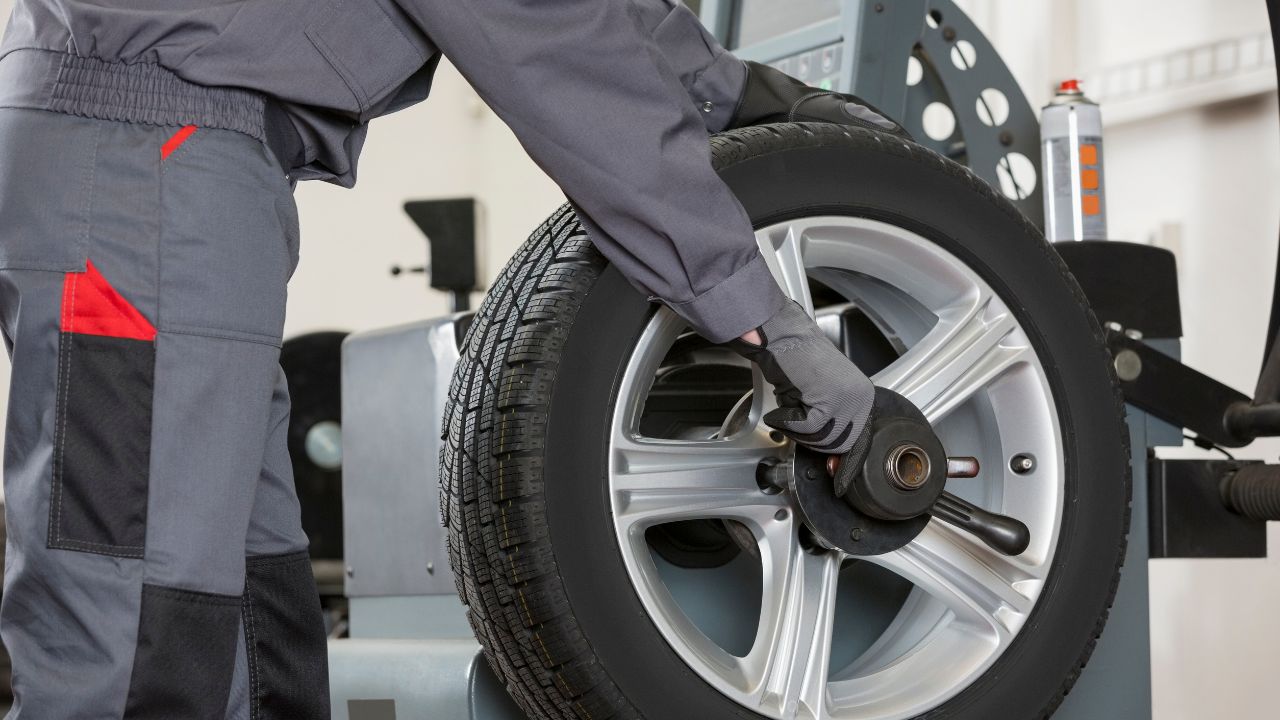
The average mechanic shop owners salary can vary widely between the United States, Canada, the United Kingdom. Here are some statistics about mechanic salaries in each country. These salaries may vary depending on the type of mechanic shop and the geographic location. In Canada, for example, the average salary of a mechanic shop owner is $48,000. However, in the U.S. it is more like $74,000. In some cases, mechanics who work within retail environments can earn more than those who work for restaurants and other service sectors.
Average salary for mechanic shop owner in United States
As a mechanic, you may wonder how much an average mechanic shop owner earns in the United States. As a mechanic, you will likely engage in a number of activities that will help you make money in your new business. These activities include providing tools for workers, supervising their tasks, and maintaining inventories. Other tasks include troubleshooting cars and using car software.

The average annual salary of a mechanic shop owner is $39550 in the United States. Mechanics at the top end of the pay scale tend to make much more than those at the bottom. The top 10% of mechanic shop owner earns more than $65,430 a year. This means that the lower end of the pay scale probably represents the salary you would have made when you first learned your trade. If you intend to own a shop mechanic, keep in mind that your income is likely to be more than the other industries.
Average salary for a mechanic shop owner in the United Kingdom
While digital technology has made brick and mortar businesses more vulnerable, car repairs are still essential. Customers must hire professional mechanics to fix their cars. These mechanics must be knowledgeable about the business, the vehicle technology and any relevant qualifications. Average salary for mechanic shop owners in the United Kingdom: What does a mechanic make? Learn more in the next section.
The average mechanic shop owner in the UK earns between PS40,000 to PS50,000 annually. This is 7.2% higher than the average salary for all jobs in the UK. The average salary for mechanics in Scotland is around PS33.786. It is lower than the average for mechanics in the north and south-east.
Salary for mechanic shop owners in Canada: Average
Owners of mechanic shops are proud to be honest and provide excellent customer service. These businesses have built loyal clients and an efficient machine. Many mechanics are selftaught. However, many others pursue advanced training in management or automotive technology. Canadian mechanic shop owners make an average of $1.3M a year. This includes overhead, labor costs and profit margins. You must overcome many obstacles before you can make the average mechanic shop owner salary here in Canada.

Owners are responsible for advertising, accounting and management decisions. To be successful in this type of role, one must have extensive business knowledge. The average annual salary for mechanic shop owners can range between $100,000 and $200,000, depending on their business size. The type of business and the location can also affect the income. Independent mechanics make much more than those who run large-scale auto shops or dealerships.
FAQ
What is the difference between an automotive technician and a mechanic?
The two are similar but not identical. Both a mechanic and an automotive technician can repair cars.
A mechanic needs to be able and quick to use their manual dexterity. A mechanic must be able diagnose and fix problems quickly and accurately.
An automotive technician needs to be more technically skilled than a mechanic. They should be able read blueprints and use tools like drills and wrenches.
They must be able and competent to safely perform complicated procedures. They need to be familiar with various types of engines and electrical system.
They must also be able comprehend how the various parts interrelate with one another.
This means that mechanics usually make less money than automotive technicians. Both jobs offer many possibilities.
What length is an automotive mechanic apprenticeship?
A three-year apprenticeship in automotive mechanics takes. This includes two years in school and two as an apprentice. The first year of training is spent in the trade. This includes theory and practical skills as well as safety procedures. You will also learn to use tools efficiently and safely during this period. After the completion of the first year, you will spend another year on the job training. Here you'll gain valuable experience in different trades. These periods will also give you the chance to take formal courses.
The final year of the program is spent gaining qualifications and becoming certified in the field. These include NVQs. They are awarded after passing exams on specific topics within the industry. You can also get HNCs (Higher National Certificates), that cover subjects such as customer service, business administration, management, and business administration. Finally, there are City & Guilds certificates that are offered for those who wish to become qualified in certain trades.
What qualifications are required to become a mechanic
A series of exams is necessary to become a mechanic. These exams include:
-
A general knowledge test
-
A practical exam
-
An apprenticeship test
These tests will ensure you are familiar with the fundamental concepts of mechanics and physics before starting to work as a mechanic.
After passing these tests, you will be eligible to become a mechanic. You'll still need an apprenticeship. This will require you to learn the trade.
To fully understand the mechanics of vehicle repairs, you'll need workshops and classes. Additionally, you will need to work with experienced mechanics.
For mechanic success, you'll need to be focused and meticulous. It is essential to pay attention to all aspects of vehicle repairs.
You'll need patience and persistence to become a successful mechanic. If you don’t love to follow instructions, this may not the right career path.
You could make a great career out of your love for cars and the work that goes into fixing them.
Is it possible to work as an automotive mechanic?
Yes, it can be very easy. Garages often advertise their jobs online and people just apply because it seems fun. If you want to get your foot in the door, you should try applying for a few places and see if they accept student applications. If you don't know anyone working in the industry, ask your friends and relatives. They may be happy to recommend someone.
Statistics
- There were 749,900 jobs available for automotive service technicians and mechanics in 2016, which is expected to grow by six percent through 2026. (jobhero.com)
- 52% of Mechanics in the United States think their salaries are enough for the cost of living in their area. (indeed.com)
- The U.S. Bureau of Labor Statistics (BLS) reports that the job outlook for automotive service technicians and mechanics is expected to decline by 4% from 2019 to 2029. (indeed.com)
External Links
How To
How to properly diagnose and repair your vehicle
You should first examine the symptoms your car is showing to determine if it requires repairs. Follow these steps to properly diagnose your vehicle.
-
Check engine lights. The dashboard light indicators, including the engine light, oil pressure gauge, battery light indicator, coolant temperature gauge and RPM gauge, should be checked. If they have been flashing for more days than usual, it could be a sign that something is wrong with the vehicle.
-
Inspect the tire treads. Tire wear can lead to problems in handling and brake performance. You should inspect the treads on your wheel. They should look clean and be smooth. You can do this by taking off the wheels. To check the condition of your treads, use a flashlight.
-
Observe the brake fluid level. Keep track of the brake fluid level in your vehicle. This will ensure your brakes function properly. If your brake fluid level is low they might not work properly when you apply pressure.
-
Make sure to test the suspension system. Vehicles usually have a suspension system that helps absorb shocks and vibrations while driving. It improves control and allows for smoother accelerations or decelerations. If your vehicle has a suspension problem, it might feel wobbly or shake uncontrollably. To determine whether your vehicle may have a suspension issue, you can try to put weight on the rear or front axle and watch the movement.
-
Take a look at the steering column. The steering column is used to link the steering wheel with the rest of vehicle's components. Accidents often damage steering columns. It is recommended to replace any steering column that feels loose, or shakey.
-
Pay close attention to the exhaust tube. The exhaust pipe helps move gases from a combustion chamber into the atmosphere. Exhaust pipes that are cracked or leaking can allow harmful fumes to enter your cabin. Also, if your tailpipe is bent, you should fix it immediately.
-
Take a look at the underside of your hood. Check under your hood for any unusual or missing components. Your engine could be leaking fluids. In addition, if you notice an unusual smell coming from your engine compartment, you should contact a professional technician.
-
Check the air filter. The vehicle's outside environment may cause the air filter to collect dust and debris. A dirty filter can lead to a poor vehicle's performance. Replace your air filter regularly.
-
Check the fan belt. The fan belt is the link between the engine and the transmission. If the fanbel breaks, your engine won't turn. It is easy to replace the belt. All you need to replace the belt is a screwdriver with pliers.
-
Verify the radiator hoses. The radiatorhose carries water from your radiator to the engine. If it becomes cracked or damaged, it can leak hot liquid onto the engine. The hose can be repaired with a pair or needle-nosepliers, and a wire brush.
-
Be sure to inspect your windshield wipers. Windshield wipers use electricity to clean away snow and rain. If they stop working they could leave streaks behind on your window glass. Change the washer fluid to fix the problem.
-
Check the battery cables. The batteries provide power to the electrical systems within your car. Before you change batteries, disconnect the positive cable. Failure to do so can damage your alternator.
-
Check the headlights. The headlights provide illumination for the road ahead. Bad visibility can be caused by headlights that don't work correctly. You can check the bulbs to make sure they aren't burned out.
-
Make sure you have your lights on. When you approach them at night, the lights warn other drivers. One that doesn't work could cause you to be distracted, and possibly lead to an injury.
-
Inspect your brakes. Before you get in a car accident, your brakes will be slowing down your vehicle. If your brakes aren't working properly, you may lose control and crash into other cars.
-
Change your oil. The oil keeps your engine well lubricated. It protects metal parts and prevents them from wearing too quickly. It is recommended that the oil be changed every other month.